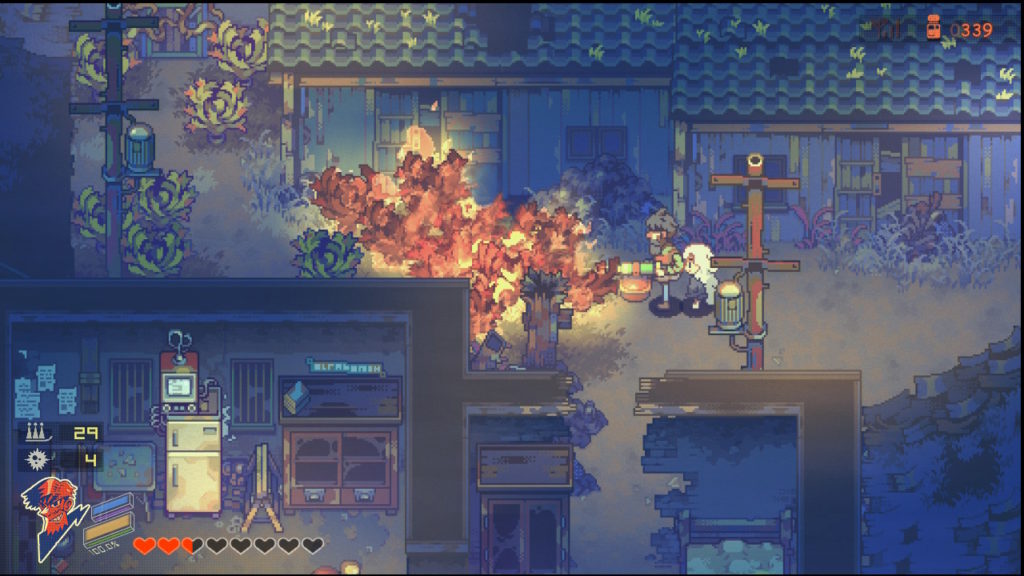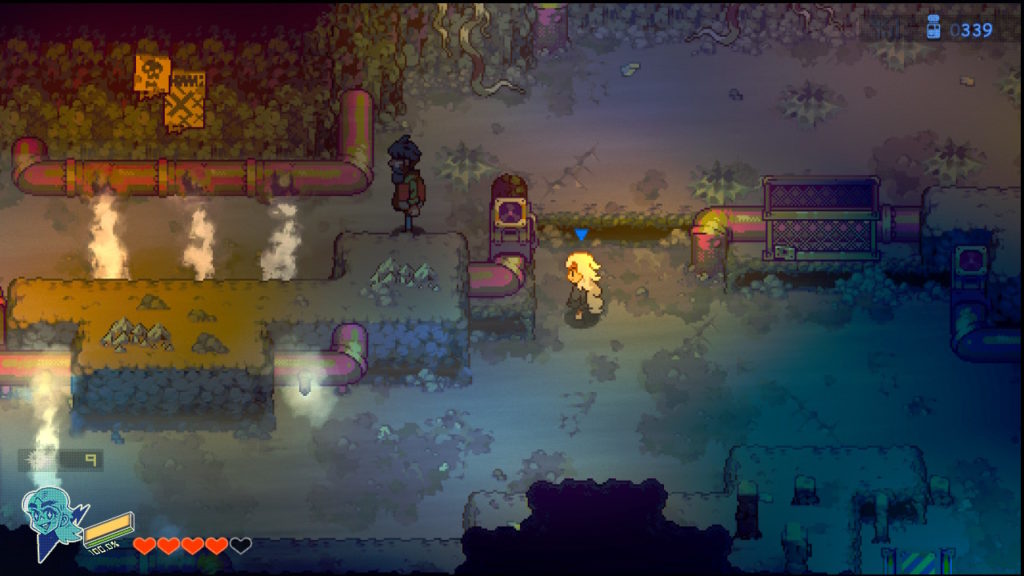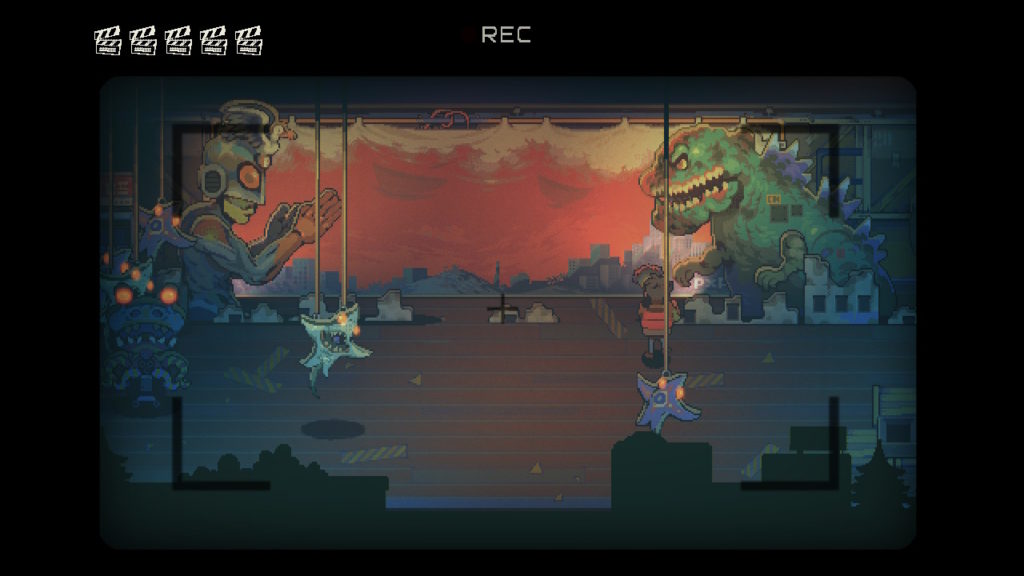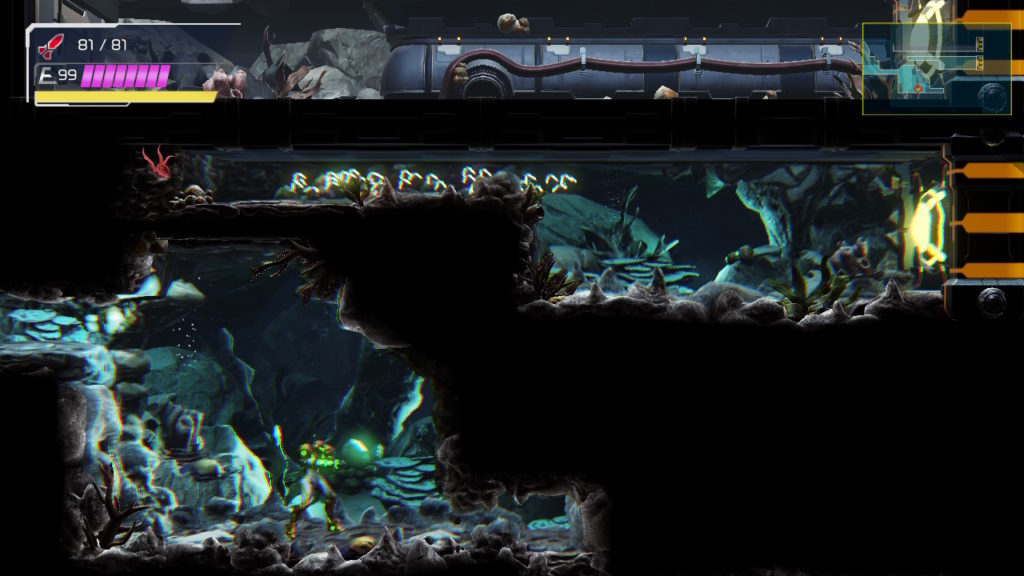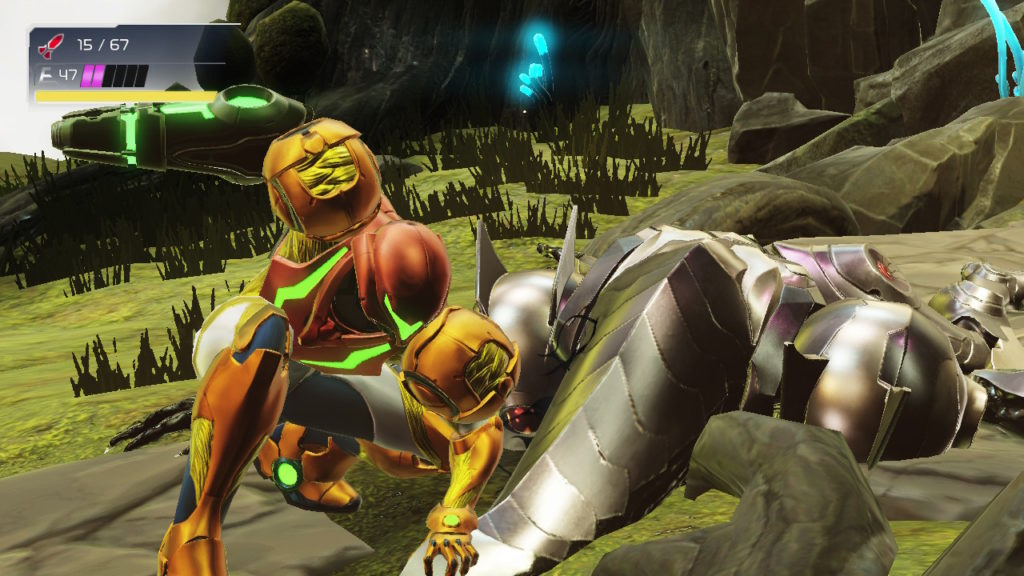- Genre: Action/Adventure
- Platform: PS5
- Also Available On: PS4, Windows
In general I don’t really like Souls-like games, but I keep dipping my toes into ones that try a little something different. Jedi: Fallen Order managed to keep the combat approachable enough through the use of hand waivey dodge mechanics made possible by Force powers existing. Games like Ghost of Tsushima were generally more fast action-oriented, leaving the Souls style one-on-one mechanics for well tuned individual fights with an engaging open world. Kena definitely ends up leaning more towards straight Souls combat, but with a few tweaks, some that work well and some that really don’t. By the end it was a bit grating to me, but it definitely was another that pushed me further into the subgenre.
This is very much a Souls game in general combat. It’s heavily tuned into proper timing of dodges or parries. However, it also has a very effective shield, and that was the thing that really felt the best to me in terms of Kena feeling tuned to be less dramatically unforgiving. It’s sitting on the same button as parry, so rather than parry being a direct action it feels more like a well-timed shield deflection in practice. Being able to avoid damage because you are too early and going right into a shield is a huge benefit to difficulty. It lets you deflect a few hits while you get your timing down, then letting you parry your way through the rest of the fight. That reduction in learning through dying is such a better experience than a lot of Souls-likes, and it’s due to a relatively small change.
The game also fed me a useful bow and arrow, which is always going to be a positive in my book. A lot of the later fights started really being mechanically dense in a way that I didn’t want to be in melee range, so I’d stick back, get damage with arrows until a parry opportunity came up. At that point I could lay in some big damage and get the hell out of the way.
However, the game’s boss fights really ran out of steam in a hugely negative way. By about the end of the second act, it was clear that the game was mechanically done growing. At that point the boss fights just started throwing arbitrary things at you to distract you. Endless adds, off-screen projectiles, radial explosions. The fights just kind of become annoying, rather than challenging. I liked the fights when they were challenging because I had to properly time things. Once I was getting hit by attacks I didn’t see because my view was constantly being pulled all over the place I no longer wanted to deal with the bosses. At that point I lowered the difficulty to easy and powered through the rest of the game.
By that point, the studio’s lack of experience started to show in some of the overall combat polish as well. A lot of the arenas were just dark. Dark bosses against dark backgrounds with very little in the way of highlighting. It made fights unnecessarily difficult just because of lack of vision. Some of the tells were also just kind of odd to me. A lot of them would start with some big tell then have a large unnecessary pause followed by a wildly fast dash. It didn’t feel smooth and it didn’t feel consistent. The difference between tells for weapon throws vs tells for dash/melee was also pretty arbitrary, which reduced the ability to effectively pick parry or dodge as your defensive attempt. On individual fights you would eventually learn the specifics, but I started just getting to the point where I would see some of the tells starting and immediately just hold shield to learn. It felt kind of sloppy.
Ultimately though, a decent difficulty slider allowed me to push through the rest of the game. I was enjoying the overall story and exploration a lot, so I wanted to keep playing, even with my frustration around the boss fights. It was always interesting to go see little hints in the environment and go off to find new things. It might be a hat for your little helper creatures, it might just be some currency, it might be a little side quest type of thing, but in all cases it was a good change of pace and something that felt worthwhile to pursue. That ability to dump the difficulty down to get through the parts I wasn’t enjoying to let me get through the parts that I was enjoying was hugely welcomed. It may just be numbers in the backend, and a lot of people may not want to see it in a Souls-like, but I will always support studios that get that type of stuff in there.
I’m probably not a good person to go in recommending Souls-like games, but in this case I’m pretty comfortable recommending this one. It’s got some rough edges, but combat is fun enough, the exploration was super enjoyable, and it’s a downright gorgeous game. It’s backed by a story that I wanted to see through to the end. Ya, I cranked it down to easy to power through for the things I wanted, but I got through it nonetheless, and for a Souls-like, that’s pretty rare.


